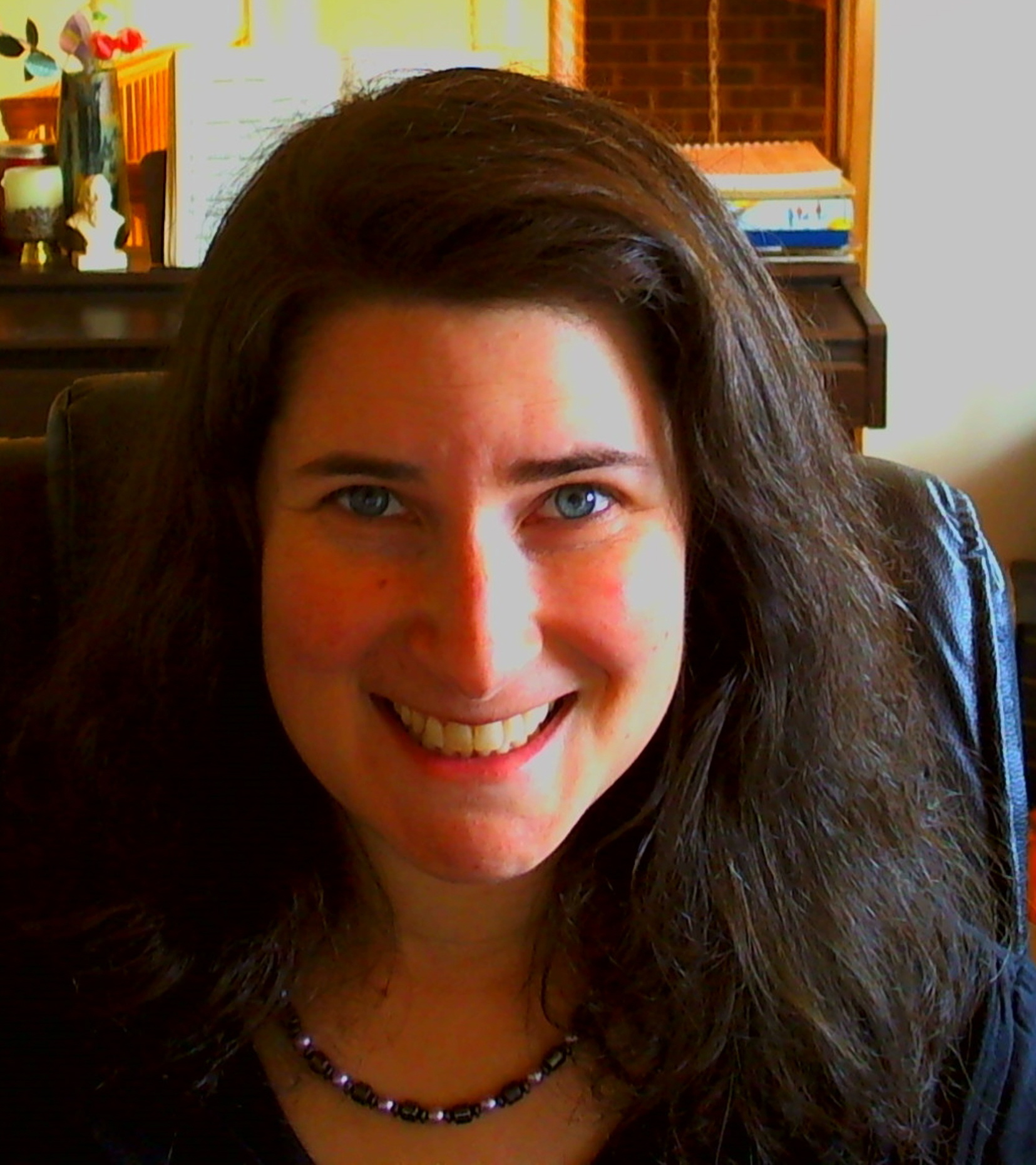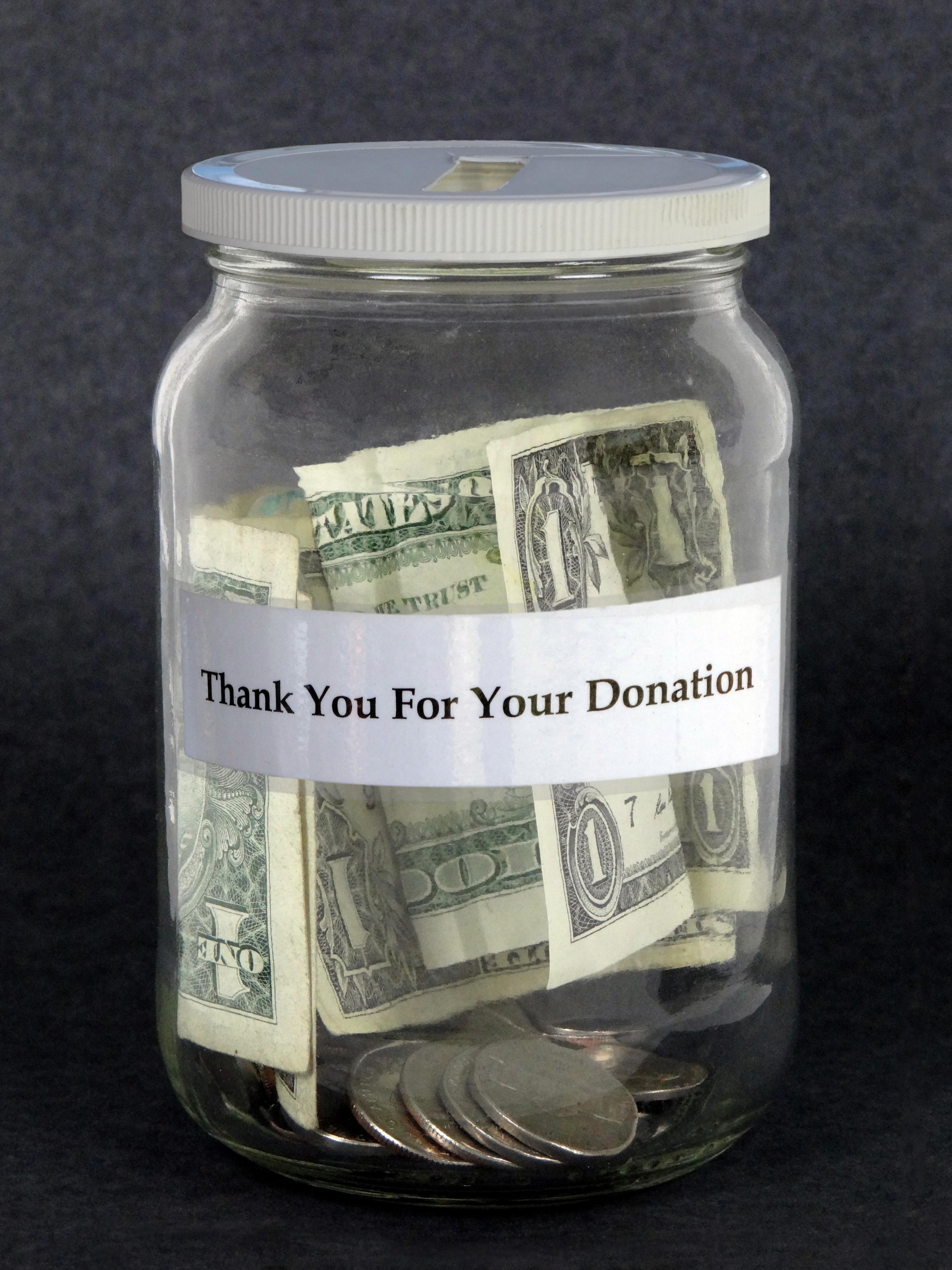This morning I ran across an article about a musician that didn’t quite fit into the classical music world and instead developed his career as a jazz/rock violinist. Here is the article if you want to see what inspired my thoughts this morning: “Fusion violinist Jean-Luc Ponty electrifies.”
The article had me once again thinking about classical music’s presentation. There is a history of formality that is obeyed by the musicians and the audience. If not obeyed, the musician can lose their position and the audience member will most likely be shushed by a fellow patron.
A few of the rules are beginning to bend a bit. In certain areas, it is now permissible to dress casually to a concert. Where I am located, Boulder, CO, I often see patrons dressed in jeans and a button down shirt. Here, being comfortable is what matters to the patron, and if the requirement was to dress up, there could be patrons lost. However, the main rules of staying seated, quiet, clapping at the right times, no eating, drinking and smoking in the auditorium, are followed.
Now compare this to a rock concert where all of the rules of the classical music world are broken. The musicians talk to the audience and get them to participate. You can clap when you are moved. Cheer when you want to cheer. You can have a drink and cave into your craving for a slice of pizza. You can talk with your friends during a concert. If we were to look at an audience at a rock concert, we would generally see a big group of people having a great time. Big name rock stars generally sell out their concerts too.
What can we learn from the rock presentation? Do we dare change the classical music presentation to allow more leeway for, dare I say, individuality and audience participation?
This morning I also came across Greg Sandow’s “Why Classical Music Needs Rock & Roll. One of the points he made really caught my attention:
“Take concerts, for instance. Outside the classical music world, everybody knows what happens at a concert. People — distinct individuals — come out on stage. They’re wearing clothes that makes them happy. They talk to the audience, joke with it, and very often share some serious thoughts about war or tolerance. And if they sing a sad song, they’ll turn the lights down, not necessarily because they’re trying to manipulate our feelings, but because (and especially in a big hall) it just doesn’t make sense to sing a ballad in the same bright glare that suits a hard-rocking cheerful song. Here, it seems to me, classical music has absolutely no choice. To the world at large, the stiff formality of a classical concert doesn’t suggest dignity or art. It conveys just one thing: Utter blankness. Who are these performers? What are they thinking about? Do they even like doing this? You can forget about selling classical music, until you make classical concerts something your prospective audience would recognize as a musical event.”
Now, I was born and raised in the classical music world. To me, going to an orchestral concert or an opera is a set experience. It’s a traditional presentation. The marketing for a classical music concert is for the most part been a set experience for the patron as well, although certain groups are breaking out creatively and hiring music/artistic directors with charisma. So the question in all of this is, would a classical music concert be a classical music concert if it abandoned the rules and adopted a rock concert presentation? Greg Sandow is under the impression that this change would at least increase attendance.
To be honest, I have seen many an orchestra attempt to increase audiences by hosting pop concerts with a more rock presentation, such as “Classical Mystery Tour,” a Beatles Tribute experience. I happen to be a Beatles nut myself, and I went to one of these concerts. And, you know what? The auditorium was packed! The audience was diverse! People were cheering, dancing in their seats (although frowned upon if they stood up and danced), and everyone was having a great time.
I have also been to pops concerts where the guest artist allowed the audience to become a part of the evening by chanting, singing, or giving feedback during the performance – real live audience participation. And, you know what? Those particular concerts were considered some of the most memorable and well liked of the entire season!
In this day and age of audiences wanting to be a part of the experience again, maybe it is time to take a look at our traditional presentation of classical music. Maybe it is time to bend a few rules, get to know the musicians, and allow all of us to become a little more colorful (all in good taste that is). For those of you that can’t imagine stooping to produce a rock presentation, perhaps take a little leap and look at the cross-over classical music artists that seem to be making a name and building an audience for themselves. They are still sharing the joy of classical music, but allowing more freedom for their own individuality and for their audience to react. Some may call it an artistic sell out, but many people see it simply as smart, or translation, as a sold out performance.
Cheers to happy and loyal audiences,
Shoshana
Shoshana Fanizza
Audience Development Specialists
https://www.buildmyaudience.com
Facebook/twitter /E-mazing Newsletter /Blog
“Never treat your audience as customers, always as partners.”
~James Stewart




